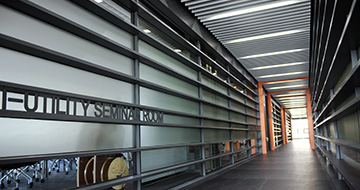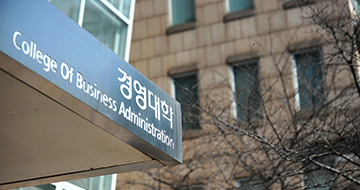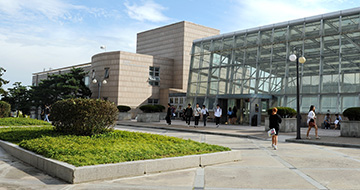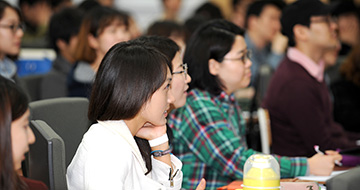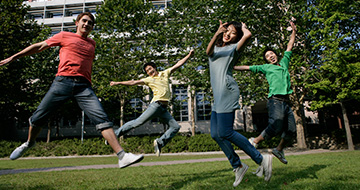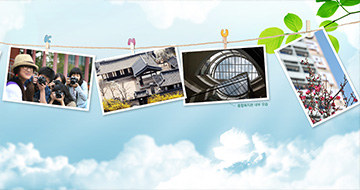Quick Menu 설정
※ 퀵메뉴 메뉴에 대한 사용자 설정을 위해 쿠키를 사용하고 있습니다. 메뉴 체크 후 저장을 한 경우 쿠키 저장에 동의한 것으로 간주됩니다.
국민인! 국민인!!
영국 Oxford University 한국문화유산연구 초대발표 / 데이비드 윌리엄 김(교양대학) 교수
- 작성자 박채원
- 작성일 24.06.04
- 조회수 580
국가유산청 세계문화유산 전문위원이며 영국 왕립역사학회(The Royal Historical Society, UK) 석학회원으로 활동하고 있는 교양대학 데이비드 윌리엄 김(David William Kim)교수가 K-Pop과K-Culture가 21세기 세계문화를 선도하는 가운데 한국문화유산의 희귀성과 사회성 연구결과가 영국 Oxford University에서 개최된 Oxford Symposium에 초대됐다. 1960-1980년대에 산업화와 민주화운동 가운데 성장한 여성불교를 gender equality, minority rights, leadership, education, and wellbeing 차원에서 이 분야 세계학계에 최초로 발표하고 26개국에서 온 Anthropology, Sociology, Education, Tourism, Politics, Religion, International Relationships, Asian Studies 학자들과 새로운 Transnational Transmission차원에서 비판적 논의를 진행했다. 아래는 유럽출판 원문의(Bhikkhuni Buddhist Culture in Contemporary Korea) 일부를 간략하게 소개하고 있다.
When Korea was liberated in 1945, the decolonisation movement was one of the leading social movements, along with political concerns over capitalism and socialism. The conflict between celibate and married monks left the Korean fusion of Buddhism in legal and violent chaos. The outbreak of the Korean War (1950–1953) and the ensuing social insecurity further generated strife, antagonism, and schism. Then, how was contemporary Korean Buddhism transformed? The new Buddhist religions were innovatively reinvented in the transitional society of industrialisation (late 1950s–1970s) and democratisation (1980s–2020s).
The Theravada Buddhism of Thailand, Bangladesh, Laos, Cambodia, Burma, Sri Lanka, and Tibet was not supportive of the Bhikkhuni movement (Grouard 2020). Meanwhile, the Mahayana Buddhism of East Asia (China, Vietnam, Korea, Taiwan, and Hong Kong) maintained Seon (=Zen) practice, in which the Bhikkhunis were recognised. Among them, the geocultural case of the Bomun movement represents the policy of gender equality in Korean Buddhist society. The Bhikkhus (male monks) are not allowed to be part of the official movement in any circumstance, although followers are not limited to any gender people. The female Sangha organisation was established through the personal efforts of Geungtan and Eun-Young. Theological or doctrinal conflicts did not cause the emergence of the movement. Instead, the human rights and justice of female monks over the post-Korean War’s democratisation and industrialisation fostered the religious independence of the first Bhikkhuni movement in the contemporary world.
They survived and were innovatively developed based on the relationship with the royal females. The residence of the last empress of the Joseon Dynasty, Empress Sunjeonghyo (1894–1966) and other senior court ladies in the temple gave them the authority to protest for their social right to make political objections. The Bomun temple (the headquarters of the movement) was understood to function in the historical role of Jungupwon (淨業院) where the husbandless royal ladies committed to becoming lifetime nuns. The prayer behaviour, before the Seokguram Grotto, depicts their attitude toward the nation in the context of patriotism, unification, and the welfare of the people. Although the narrative that their senior Bhikkhuni enshrined three ash items (眞身舍利) of Buddha in the Myobo Pagoda in the 1970s is nonscientific, the mission of the female Buddhist group is creative if one regards their concern for the marginalised members of the society, including children, youth, widows, and other women.
For more details, see: https://www.oxfordsymposiumonreligiousstudies.com/past-meetings/




